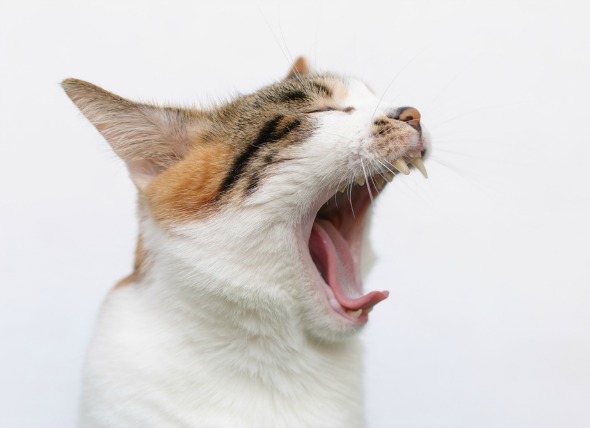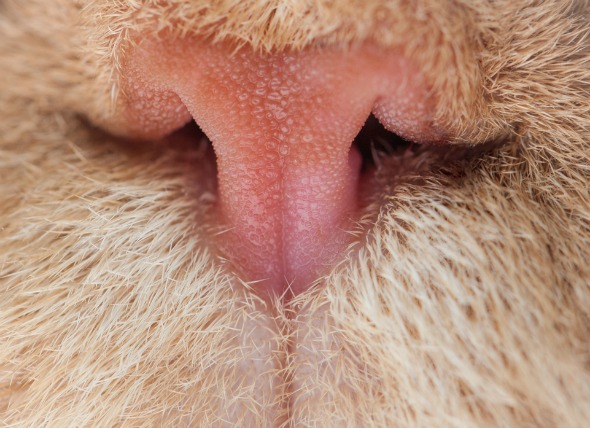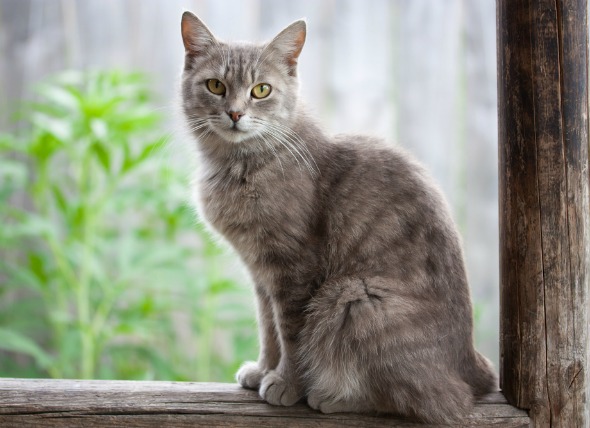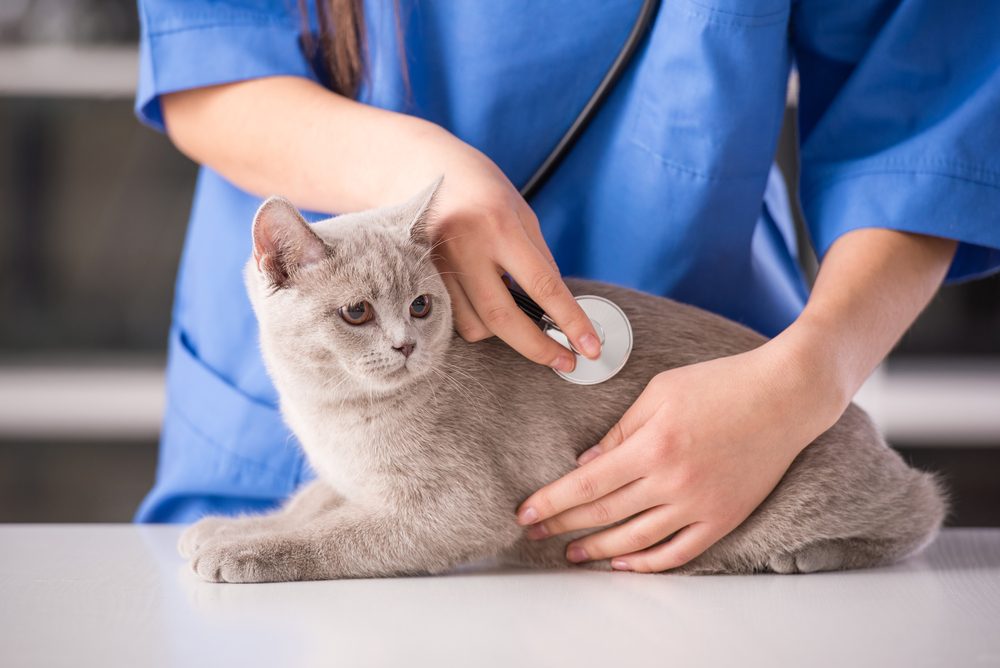

An oral mass refers to a growth in a cat's mouth or surrounding head region. While not all growths (masses) are cancerous, oral tumors can become malignant and fatal if they are not treated early and aggressively. Oral tumors can be found in the cat's lips, tongue, gums and lymph regions surrounding the mouth. The disease is treatable and has a high success rate when the tumor is discovered and treated early.
The condition or disease described in this medical article can affect both dogs and cats. If you would like to learn more about how this disease affects dogs please visit this page in the PetMD pet health library.
There are several signs of oral tumors, including:
While these are the most common signs, it is possible that the cat displays no symptoms.
While the exact cause of an oral tumor is unknown, there are several potential risk factors, including secondhand smoke, and tooth and gum (periodontal) disease. In some cases, cats that wear flea collars showed a higher incidence of oral mass development.
An oral mass can be found in any breed, there are several breeds that are predisposed to developing the disease. Generally, older cats are affected more often than younger cats; males are also more predisposed to developing oral masses than females.
A biopsy will be performed to determine whether the mass is cancerous and to what degree. In addition to a biopsy of the mass, a biopsy is often performed on the surrounding lymph nodes to see if the disease has spread. X-rays may also be used to explore other parts of the body for symptoms. Non-cancerous oral growths have the greatest long term success once they are surgically removed.
The treatment that is diagnosed will be dependent upon the type of oral tumor discovered. Surgery is often performed to remove the mass from the cat's body. In advanced stages of cancer, surgery is often combined with radiation and chemotherapy to increase the chances of cat's survival.
Following surgery it may be possible that a liquid diet or a tube will be used to administer nutrition, as the cat may not be able to effectively chew or swallow their food. It is important to monitor the cat long term to ensure that the cancer has not spread into other areas of the cat's body.
The best prevention option is to remove or treat any oral irritation, sore or issue immediately.
 Do Male Cats Get Along Better With Female or Male Cats?
Do Male Cats Get Along Better With Female or M
Do Male Cats Get Along Better With Female or Male Cats?
Do Male Cats Get Along Better With Female or M
 Nose Pad Cancer (Squamous Cell Carcinoma) in Cats
Squamous Cell Carcinoma of the Nasal Planum in Cats
&nbs
Nose Pad Cancer (Squamous Cell Carcinoma) in Cats
Squamous Cell Carcinoma of the Nasal Planum in Cats
&nbs
 Skin Inflammation Due to Allergies (Atopy) in Cats
Atopic Dermatitis in Cats
Atopic Dermatitis
Skin Inflammation Due to Allergies (Atopy) in Cats
Atopic Dermatitis in Cats
Atopic Dermatitis
 Scaly Skin in Cats
Exfoliative Dermatoses in Cats
Exfoliative dermat
Scaly Skin in Cats
Exfoliative Dermatoses in Cats
Exfoliative dermat
 Anal Gland Cancer in Cats
Adenocarcinoma in Cats
While anal gland/sac cance
Anal Gland Cancer in Cats
Adenocarcinoma in Cats
While anal gland/sac cance
Copyright © 2005-2016 Pet Information All Rights Reserved
Contact us: www162date@outlook.com